SRv6 micro-segments
An SRv6 micro-segment (uSID) is an extension of the SRv6 architecture that:
-
encodes up to six SRv6 segment (SID) instructions within a single 128-bit SID address, known as a uSID Carrier.
-
leverages the existing SRv6 network programming architecture without changing the SRv6 data plane or control plane, and
-
provides low MTU overhead and supports efficient hardware operation.
MTU overhead refers to the extra data, such as headers, metadata, or encapsulation, added to a packet on top of the actual payload. Low MTU overhead means the additional data is kept minimal to maximize the usable payload size within the MTU.
For more information about SRv6 uSID, see Network Programming extension: SRv6 uSID instruction and Compressed SRv6 Segment List Encoding in SRH .
|
Feature Name |
Release Information |
Feature Description |
|---|---|---|
|
SRv6 Micro-Segment (uSID) |
Release 25.4.1 |
Introduced in this release on: Fixed Systems (8700 [ASIC: K100], 8010 [ASIC: A100])(select variants only*) *This feature is supported on:
|
|
SRv6 Micro-Segment (uSID) |
Release 25.1.1 |
Introduced in this release on: Fixed Systems ( 8700 [ASIC: K100 ] , 8010 [ASIC: A100 ] ) This feature is now supported on:
|
|
SRv6 Micro-Segment (uSID) |
Release 7.3.1 |
This feature is an extension of the SRv6 architecture. It leverages the existing SRv6 Network Programming architecture to encode up to six SRv6 Micro-SID (uSID) instructions within a single 128-bit SID address. Such a SID address is called a uSID Carrier. In addition, this feature leverages the existing SRv6 data plane and control plane with no changes. It also provides low MTU overhead. For example, if there are 6 uSIDs per uSID carrier, this configuration results in 18 source-routing waypoints using only 40 bytes of overhead (in SRH). |

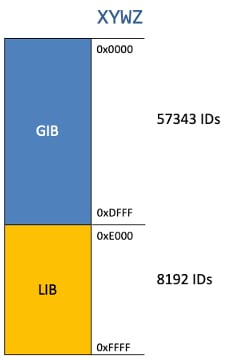

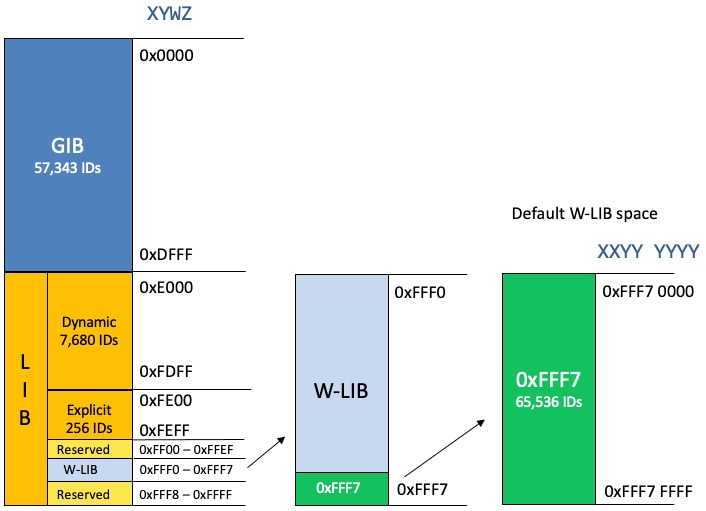
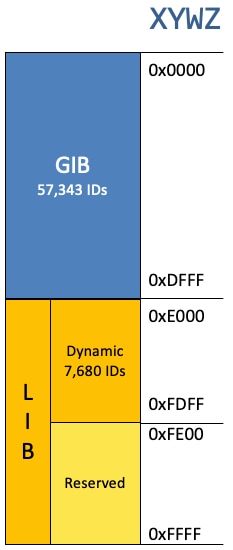

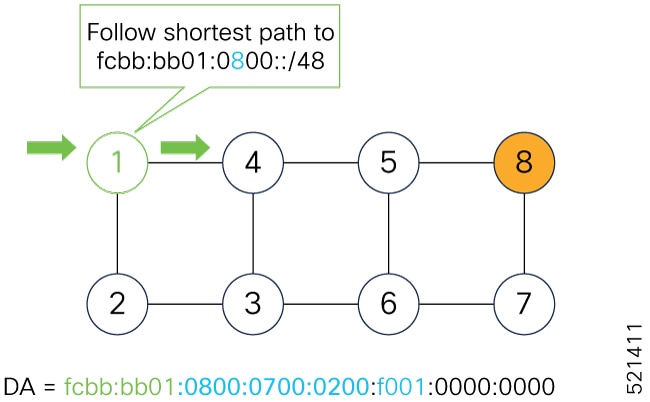
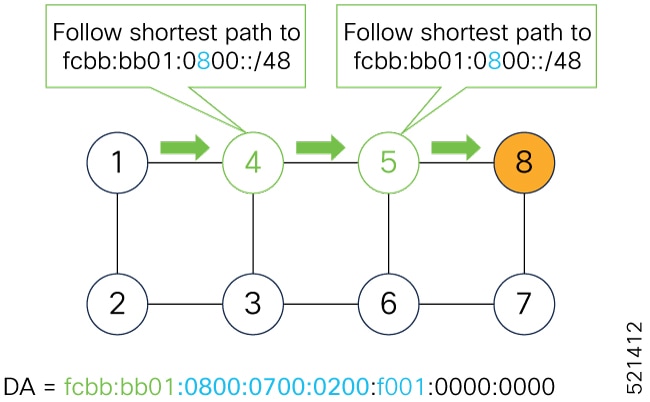
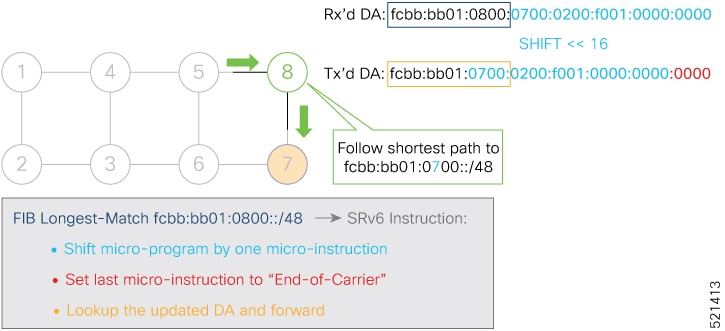



 Feedback
Feedback